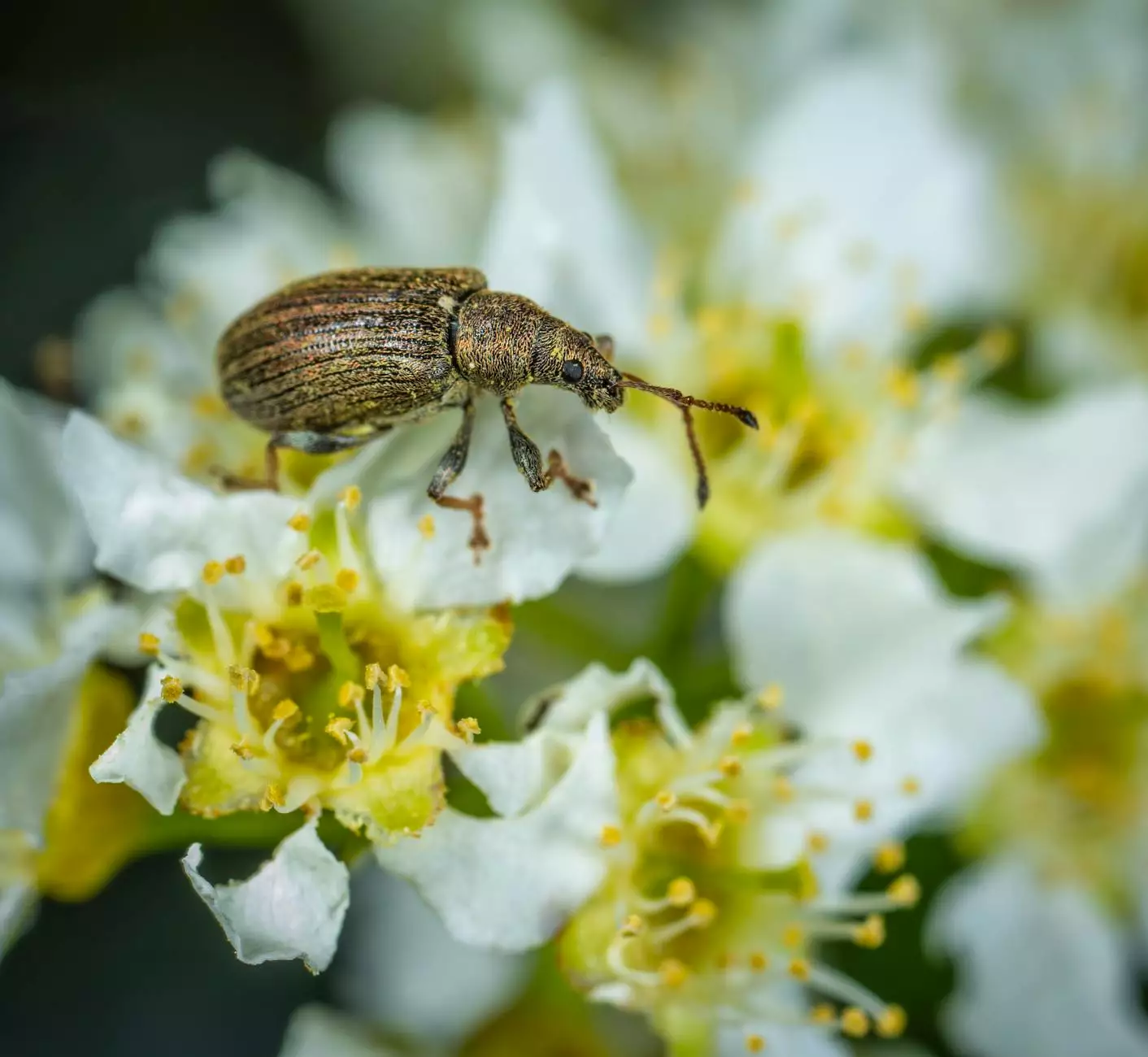Granary Weevil Control: Effective Strategies for Farmers

Understanding the Granary Weevil
The granary weevil (Sitophilus granarius) is a serious pest that can inflict significant damage on stored grains. These pests typically invade grain stores, leading to losses that can cost farmers thousands of dollars. Understanding their behavior and biology is crucial for effective granary weevil control.
Life Cycle and Behavior
The granary weevil has a simple life cycle consisting of four stages: egg, larva, pupa, and adult. Adult weevils are about 3-5 mm long, with a distinctive elongated snout. They can infest a variety of grains, including wheat, barley, and corn, laying eggs within the kernels. After hatching, the larvae burrow into the grain, causing damage as they feed.
Due to their ability to reproduce rapidly, a small infestation can escalate quickly if not controlled promptly. The temperature and humidity levels in storage facilities can significantly influence their life cycle. Understanding these factors can aid in the prevention of infestations.
Signs of Infestation
Identifying a granary weevil infestation early is key to successful control. Here are some common signs:
- Holes in Grains: Look for small holes in the grains, which indicate that weevils have burrowed inside.
- Powdery Residue: Fine sawdust-like powder found around stored grains can indicate pest activity.
- Live Insects: Spotting adult weevils scurrying about is a clear sign that you need to take action.
Preventative Measures
Prevention is the first line of defense against granary weevil infestations. Here are effective strategies for farmers:
- Maintain Cleanliness: Keep storage areas clean and free from old grain residues, as these can attract weevils.
- Inspect Incoming Grain: Always inspect grains before storing them. Utilize sieves to check for pest infestations.
- Control Temperature and Humidity: Keeping storage areas cool and dry can make an environment less hospitable for pests.
- Use Airtight Containers: Store grains in airtight bins to minimize exposure to pests.
Strategies for Granary Weevil Control
When an infestation occurs, immediate action is necessary. Here are several effective methods for granary weevil control:
1. Physical Removal
Manually removing infested grains can help mitigate an infestation. Carefully sift through your grain storage, and remove any visibly infested products. Be meticulous, as weevils tend to hide within the kernels.
2. Chemical Control
Using registered insecticides is another option for managing granary weevil populations. It is crucial to select pesticides that are specifically formulated for stored grain pests. Always follow manufacturer instructions, and ensure compliance with local regulations.
3. Diatomaceous Earth
An environmentally friendly option is diatomaceous earth, a natural pesticide that can deter granary weevils. Sprinkling food-grade diatomaceous earth on stored grains can help kill weevils by disrupting their exoskeletons.
4. Fumigation
For severe infestations, fumigation may be necessary. This process involves enclosing the grains in a sealed environment and introducing a fumigant that penetrates and kills pests. Fumigation should be conducted by professionals to ensure safety and effectiveness.
Integrating Granary Weevil Control into Your Farming Routine
Incorporating granary weevil control measures into your overall farming routine can enhance the efficacy of your interventions. Regular monitoring is essential. Keeping detailed records of grain conditions, pest sightings, and control measures taken will help you evaluate the effectiveness of your strategies and adjust them as necessary.
Collaborating with Other Farmers
Sometimes, weevil infestations are widespread in an area. Collaborating with neighboring farms can aid in large-scale prevention and control efforts. Sharing resources, information, and strategies can significantly enhance pest management.
Investing in Farm Equipment Repair and Maintenance
At tsgcinc.com, we understand that maintaining your farm equipment is vital to efficient operations and pest control. Regular repairs and maintenance can prevent breakdowns that may expose your grain to pests. Ensure your grain storage systems are in top condition, and consult professionals for any necessary repairs.
Importance of Quality Farming Equipment
Using high-quality farming equipment plays a significant role in effective pest management. Equipment that provides airtight storage solutions helps reduce the risk of granary weevil infestations. Regularly upgrading and maintaining your equipment ensures that you are equipped to handle pests efficiently.
Final Thoughts on Granary Weevil Control
The challenge of granary weevil control cannot be underestimated. However, by taking a proactive approach through prevention and employing effective control methods, farmers can protect their grain from these damaging pests. Utilize the strategies outlined in this article to safeguard your harvest, and don’t hesitate to consult with agricultural professionals for tailored advice.
For more information on our farm equipment repair services and how they can aid your pest control efforts, visit tsgcinc.com. Your grain deserves the best protection, and with the right strategies, you can ensure its safety and your farm’s profitability.









